The Lost Trails
Member
- Joined
- Nov 27, 2021
- Messages
- 14
- Reaction score
- 36
In one of the most remote areas of the former Yugoslavia lies a forgotten radar base. As tensions arose between Yugoslavia and the Soviet Union in the early 1950s, the country started preparing for war. A vast network of radio relay sites was build to serve as the backbone communication for the Yugoslavian national army. These sites were mainly located on mountain peaks, surrounded with landmines and guards patrolling around the clock.
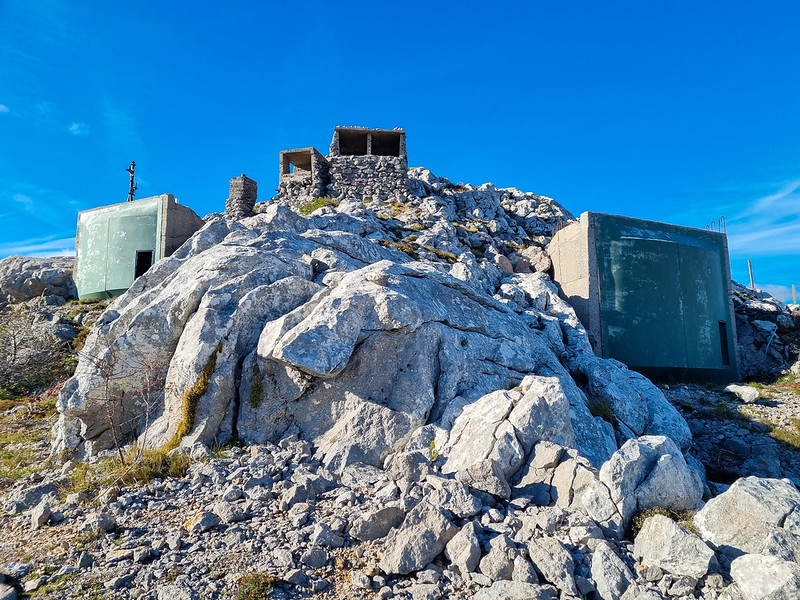
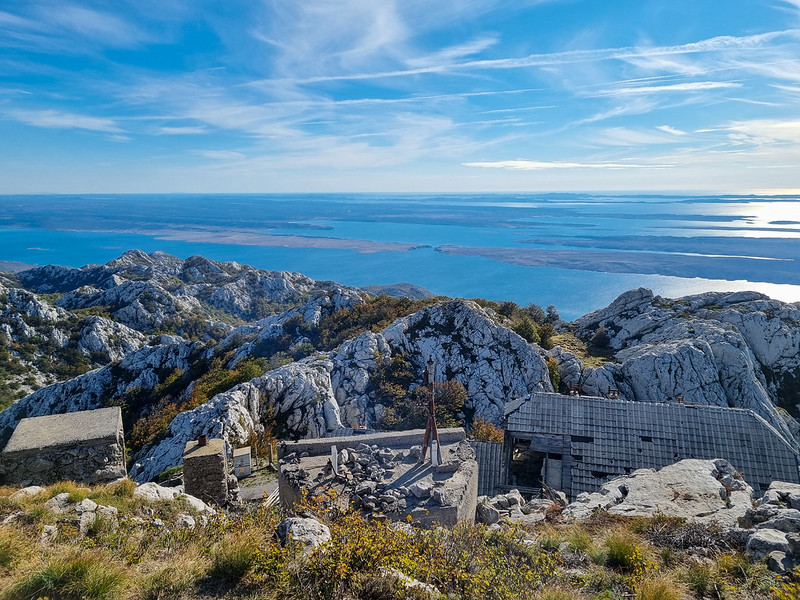
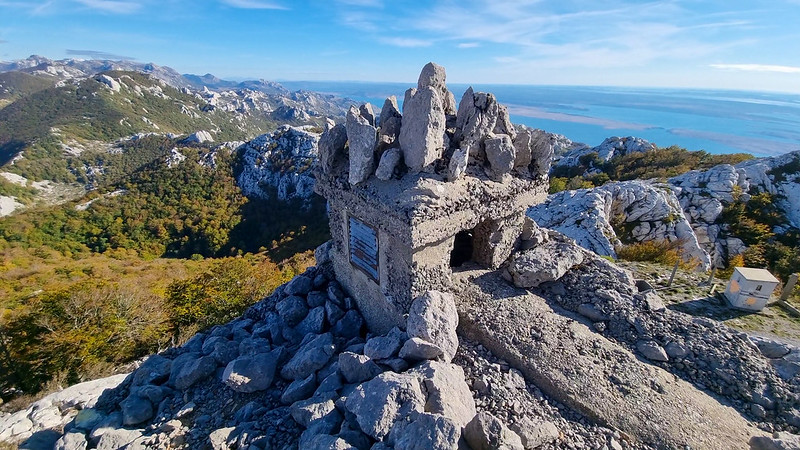
A mountain house was constructed to conceal the huge blast doors leading to the underground part, where all essential communication equipment (radios, amplifiers) and backup generators were protected from air attacks. Each site had optical visibility with at least 3 others, forming a spider web like communication structure across the country.
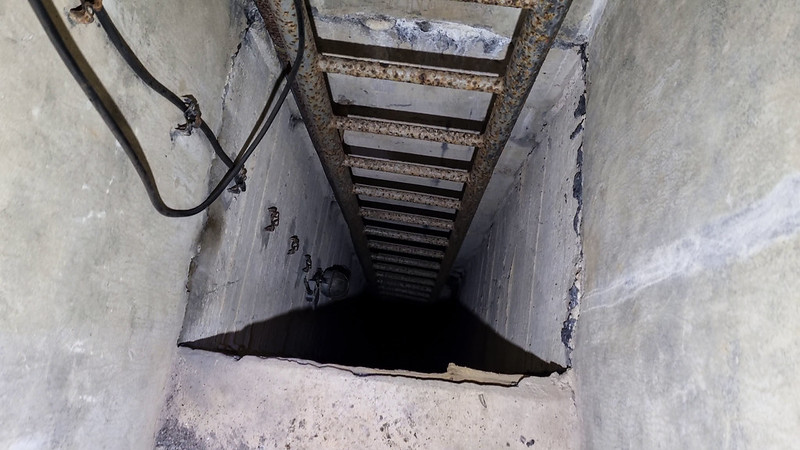
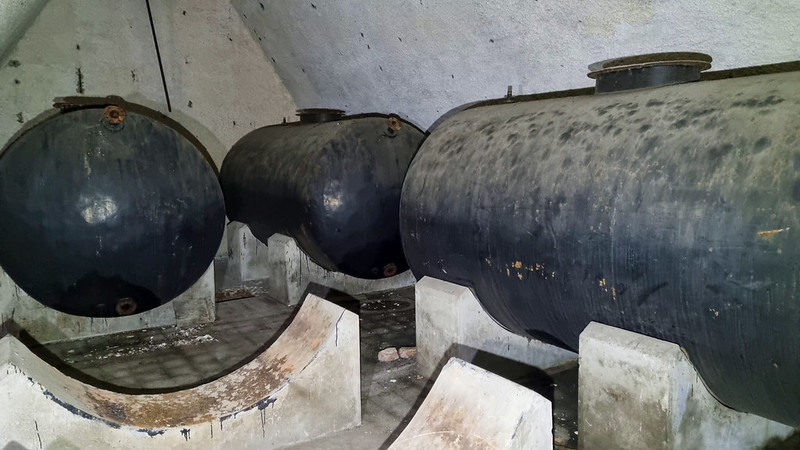
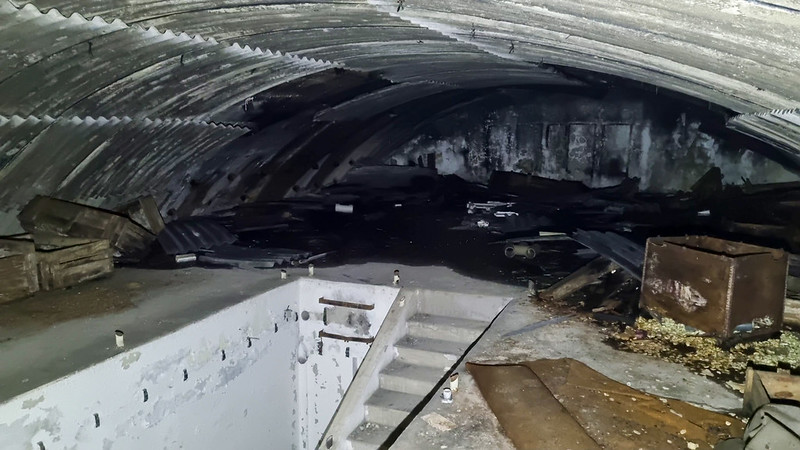
All the doors of the underground part were made of thick steel and rubber seal on the edges. Some people say such locations could survive a nuclear strike, but that is debatable. The outside house was used as living quarters for the troops stationed there, with a kitchen, running water and conference rooms.
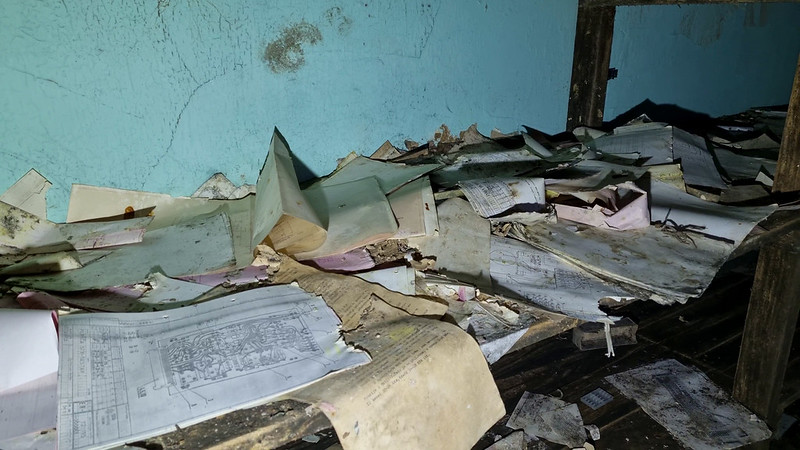
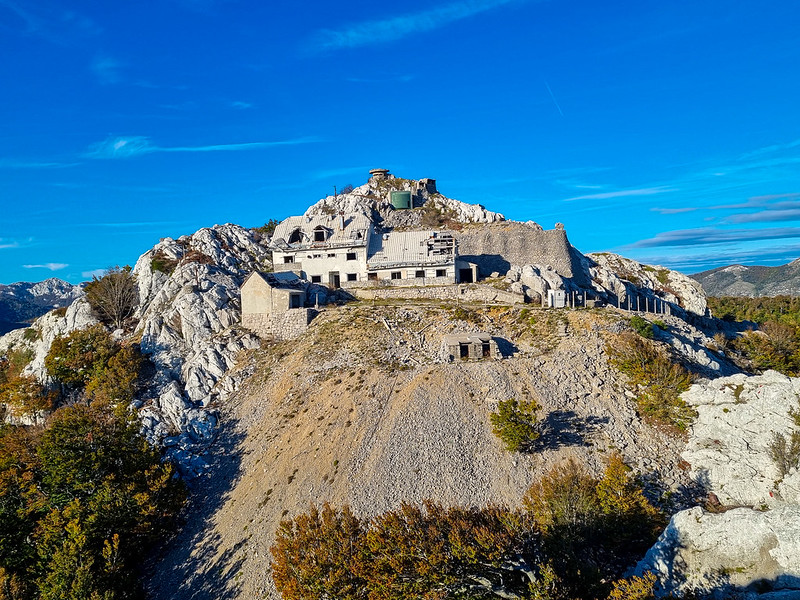
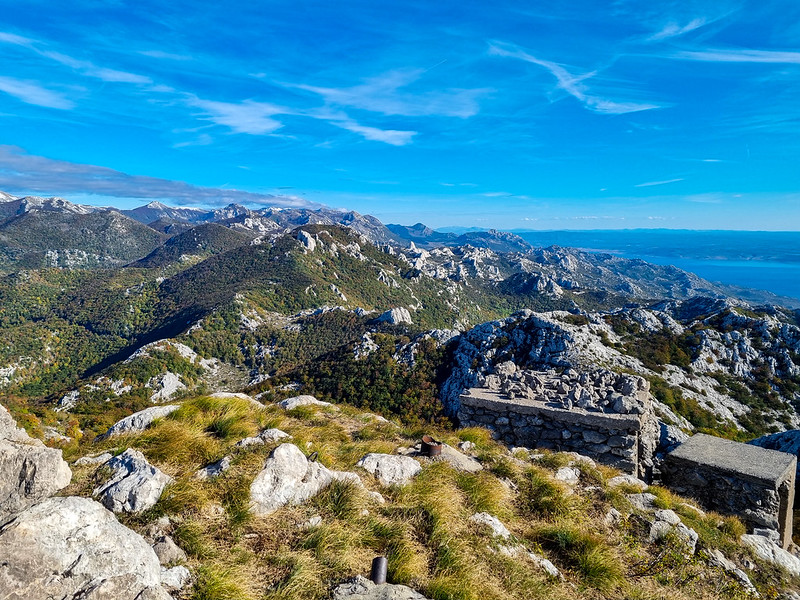
After the war in the 90s, such sites were abandoned, but the surrounding mines pose a deadly threat to this day, with new ones found yearly by hikers (mainly the PMR-2A type). If you are interested in the video exploration of the place, complete with the underground part, you can check it out here:



A mountain house was constructed to conceal the huge blast doors leading to the underground part, where all essential communication equipment (radios, amplifiers) and backup generators were protected from air attacks. Each site had optical visibility with at least 3 others, forming a spider web like communication structure across the country.



All the doors of the underground part were made of thick steel and rubber seal on the edges. Some people say such locations could survive a nuclear strike, but that is debatable. The outside house was used as living quarters for the troops stationed there, with a kitchen, running water and conference rooms.



After the war in the 90s, such sites were abandoned, but the surrounding mines pose a deadly threat to this day, with new ones found yearly by hikers (mainly the PMR-2A type). If you are interested in the video exploration of the place, complete with the underground part, you can check it out here:

































